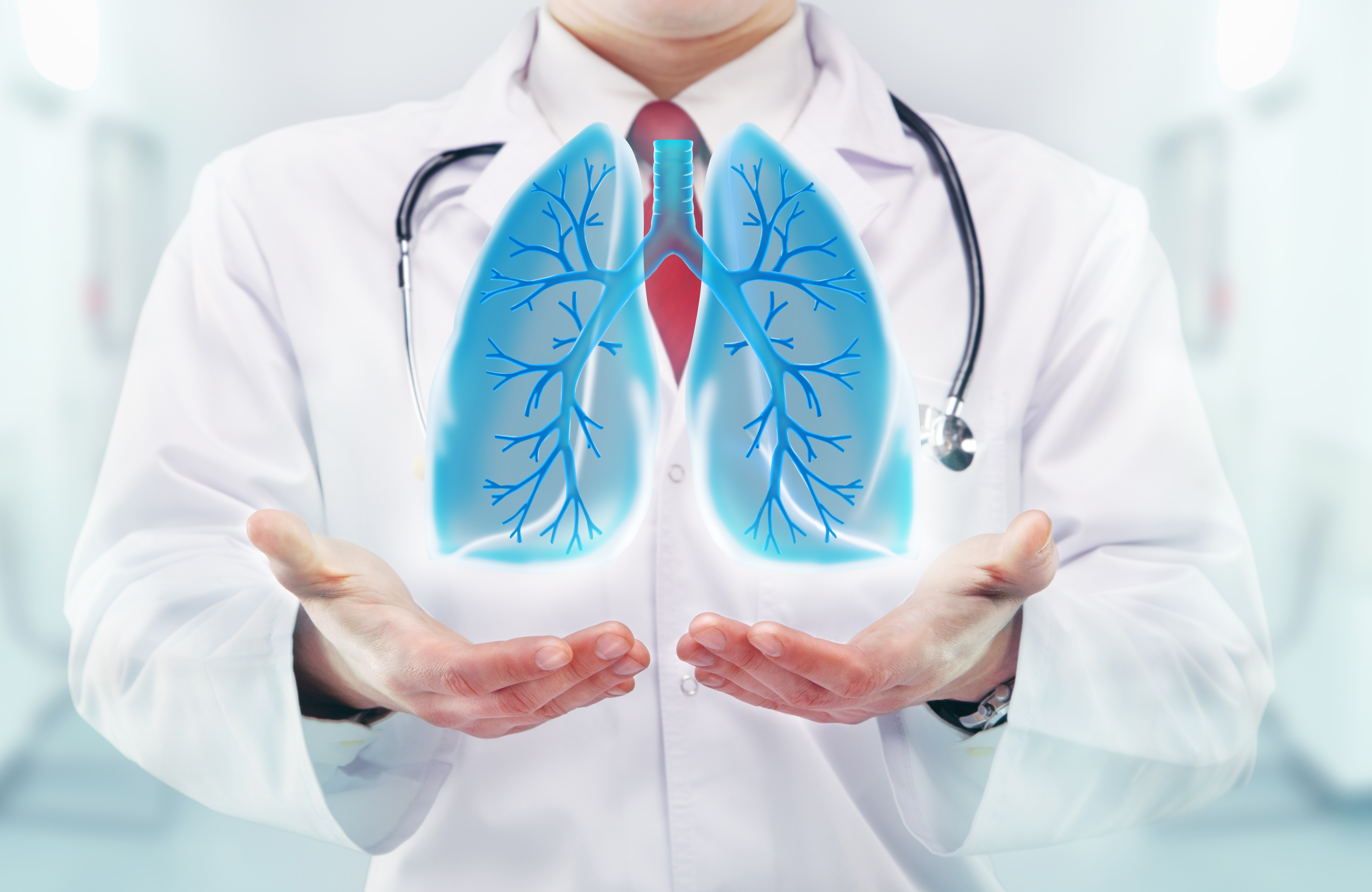New 4-D Scanner Able to Peer Inside Lungs and Visualize Changes Caused by Cystic Fibrosis
Written by |

New four-dimensional computed tomography (4DCT) for lung scans, developed by Professor Andreas Fouras at Monash University, offers the potential to revolutionize treatment for the millions of patients worldwide with lung diseases like cystic fibrosis.
The 4DxV X-ray imaging technology, developed and commercialized by Professor Fouras’ technology company 4Dx, provides a state-of-the-art, noninvasive way of understanding regional lung motion and airflow in real-time within the breathing lungs. This enables highly detailed maps of both the patterns of lung motion and pulmonary function, with functional deficits detected through local differences in movement.
Recent research, involving Monash specialists and investigators from 4Dx, the Women’s and Children’s Hospital South Australia, the University of Heidelberg and University of North Carolina at Chapel Hill, is providing new insights into the technology and its potential. Details were recently published in the journal Scientific Reports in the article, “Quantification of heterogeneity in lung disease with image-based pulmonary function testing.”
Dr. Rajeev Samarage, the study’s co-lead author from Monash’s Laboratory for Dynamic Imaging, said the new scanning platform may help millions of people.
“With this technology, not only will clinicians have a clearer image of what is happening in the patient’s lungs, but it is our aim to detect changes in lung function much earlier than in the past, which will allow clinicians to quantify the effects of treatment by simply comparing measurements from one scan to the next,” Samarage said in a press release.
The assessment of lung function is critical in diagnosing lung diseases such as cystic fibrosis, asthma, and chronic obstructive pulmonary disease (COPD). Structural changes in patients’ lungs alter the flow of air and motion, whether by obstruction, increased airway resistance, or by changes to the lung parenchyma, which changes the tissues’ mechanical properties. Current clinical assessments and treatments of lung disease are indirect, and since many treatments have adverse side effects, they cannot be applied prophylactically (preventively). Earlier and more accurate disease diagnosis is, for this reason, key to successful intervention.
Fouras, the chairman and CEO of 4Dx, said the 4Dx scanner produced high-resolution images of lung-tissue motion and airflow in pre-clinical studies, allowing investigators to view and measure abnormal lung function in specific areas before the disease progresses and spreads.
“Current tools are out of date and require two or three pieces of diagnostic information to piece together what is happening in someone’s lungs. Our game-changing diagnostic tool offers images of the breathing lungs, making it possible to see what is really important — not what they look like — but how they work,” he said.
Professor Greg Snell, head of Lung Transplant Service at the Alfred Hospital at Monash, in Australia, said this is a substantial step. “This technology has great potential as a new tool for both early diagnosis and management of many very common lung conditions. I think this will be the start of a new way of thinking about diagnostic imaging.”
Added Karin Knoester, CEO of the Cystic Fibrosis Victoria, “Any tool that can identify damage at an early stage will be able to inform intervention, with the hope of reducing further damage.”






